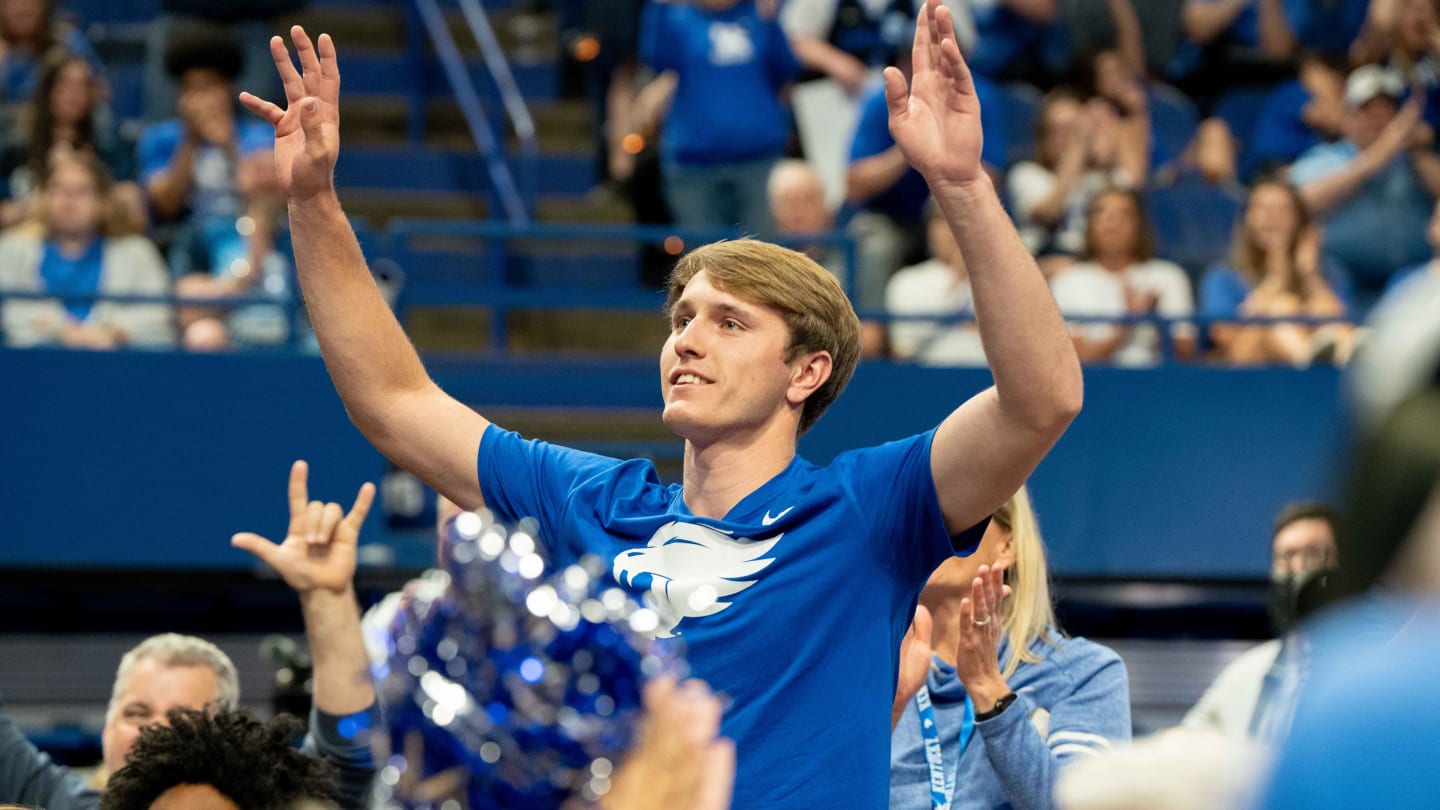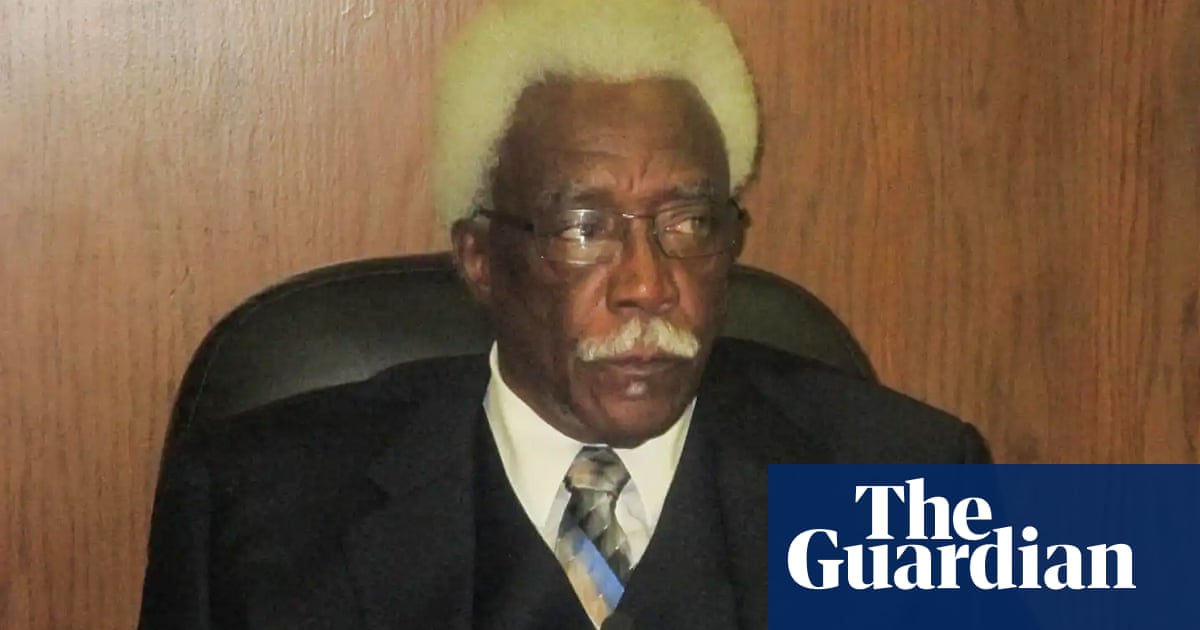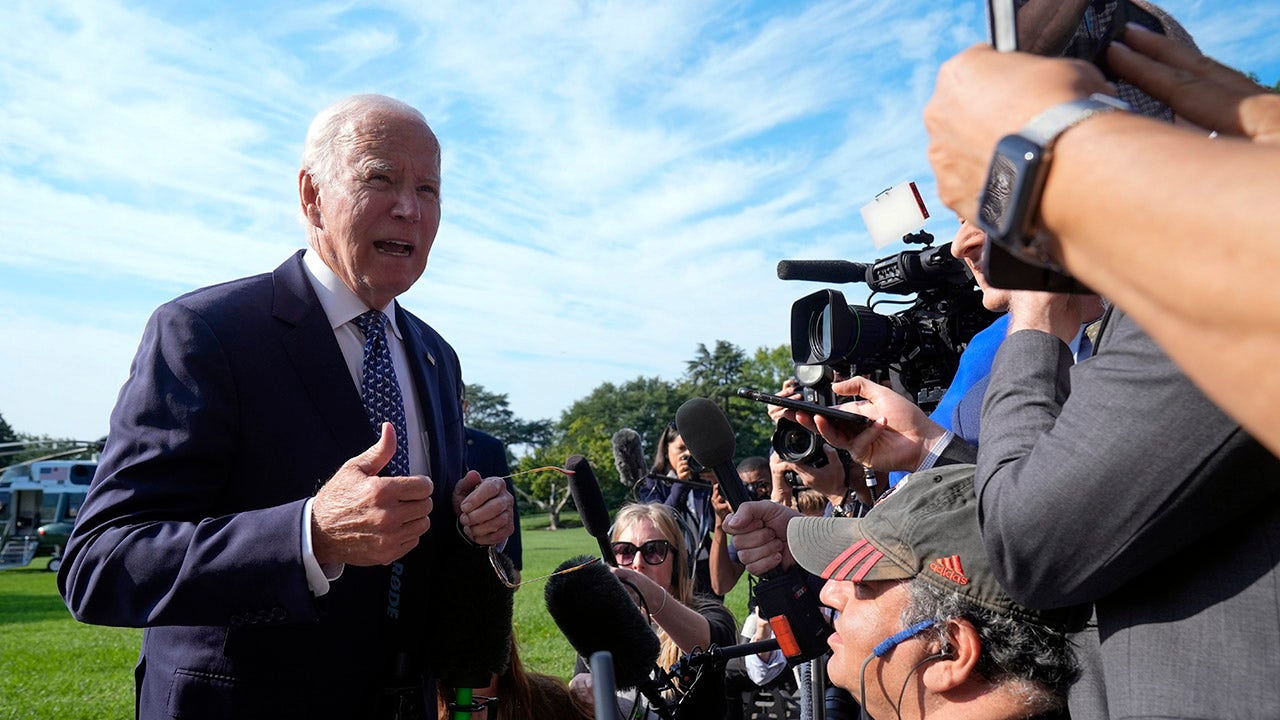Lifestyle
Top dog Joey Chestnut beats his archrival and his own hot dog-eating world record

Joey Chestnut ate 83 hot dogs and buns in 10 minutes onstage in Las Vegas for a live Netflix event on Monday. His longtime rival, Takeru Kobayashi, ate 66.
David Becker/Getty Images for Netflix
hide caption
toggle caption
David Becker/Getty Images for Netflix
Glizzy-guzzling champion Joey Chestnut has done it again.
The world’s number-one-ranked eater defeated not only his archrival but his own world record when he downed a whopping 83 hot dogs in buns in 10 minutes during a much-hyped showdown on Monday.
Chestnut made headlines earlier this summer when he was banned from the Nathan’s Famous Hot Dog Eating Contest for signing an endorsement deal with Impossible Foods, a company that makes plant-based meat alternatives (including, yes, soy protein hot dogs).

It was a stunning turn of events for Chestnut, who has become synonymous with the Coney Island contest. He’s won it 16 times since 2007 — the first year he defeated then-reigning champion Takeru Kobayashi.
Chestnut vowed fans would see him eat again, and didn’t wait long to deliver. He held a competing July 4th hot dog contest at the Fort Bliss Army base in Texas, downing 57 hot dogs in five minutes to beat a team of four soldiers who collectively managed 49.
But the real drama unfolded on Monday, when Chestnut and Kobayashi faced off for the first time in 15 years in a live-streamed Netflix event called “Chestnut vs. Kobayashi: Unfinished Beef.”
The rematch was over a decade in the making

Takeru Kobayashi and champion Joey Chestnut look on at the Nathan’s Famous Fourth of July International Hot Dog Eating Contest official weigh-in ceremony in July 2009. That was the last year they competed against each other, until Monday.
Mario Tama/Getty Images
hide caption
toggle caption
Mario Tama/Getty Images
The “wiener-takes-all” competition, announced just days after Chestnut’s Coney Island suspension in June, brought together the biggest rivals in the hot-dog-eating universe.
Kobayashi, 46, rose to fame as a competitive eater in his native Japan before bringing his talents stateside in the early aughts. He is credited with popularizing the sport in the U.S. and getting competitors, viewers and sponsors to take events like Coney Island seriously.
The man nicknamed “the Godfather of Competitive Eating” won that hallowed contest six years in a row, including beating Chestnut twice.

But the underdog eventually became a household name: Chestnut beat Kobayashi three years in a row — including once in a sudden-death “eat-off” — and emerged victorious in all but one subsequent contest, at least until this summer.
Kobayashi parted ways with Major League Eating (MLE) — the governing organization now beefing with Chestnut — in 2010 over a contract dispute, but has continued racking up world records in other competitions.
Tens of thousands of hot dogs later, Kobayashi, 46, announced his retirement earlier this year — but confirmed over the summer that he would only retreat after defeating Chestnut “one last time.”

Chestnut, for his part, welcomed the challenge. In a pre-recorded video that played ahead of Monday’s competition, he pointed to his previous wins against Kobayashi and declared, “In the discipline of hot dogs, I had his number.”
“I’m trying to prove I’m the best,” Chestnut added. “He might want to win really, really, really bad. I need to win.”
And Chestnut did. He scarfed down 83 hot dogs and buns in 10 minutes — besting his own world record of 76, which he set at Coney Island in 2021. Kobayashi finished with a total of 66, beating his previous best of 64.5 from 2009.
After the competition, Kobayashi officially announced his retirement, saying, “I’ve put everything on the line for this.”
But in the same video clip shared by Netflix, Chestnut said he thinks it “highly unlikely” that he won’t face off against Kobayashi again.
“He made a personal best,” Chestnut added. “Nobody wants to go out on a loss. I’m hungry for whatever’s next.”
Chestnut was forced to adjust his technique, but it paid off

From left, Joey Chestnut, Rob Riggle and Takeru Kobayashi speak onstage during LIVE Chestnut vs. Kobayashi: Unfinished Beef at the Hyper X Arena at the Luxor in Las Vegas on Monday.
David Becker/Getty Images for Netflix
hide caption
toggle caption
David Becker/Getty Images for Netflix
The event, hosted by actor Rob Riggle and former WWE wrestler Nikki Garcia (formerly professionally known as Nikki Bella), unfolded in Las Vegas with much fanfare.
Poolside, a pep band, with members wearing “Team Joey” and “Team Kobi” T-shirts, played DJ Khaled’s “All I Do Is Win,” while several other competitors got viewers warmed up with feats of their own.
Matt Stonie — who broke Chestnut’s Coney Island winning streak in 2015 — battled three Olympians in a chicken wing contest. He ate 53 wings in three minutes, besting the combined efforts of water polo player Max Irving and swimmers Ryan Lochte and Ryan Murphy, who put down 36.

Next up was 24-time Guinness World Record holder Leah Shutkever, who earned another spot in the books for eating over 2,000 grams (more than four pounds) of watermelon in three minutes.
Nearly an hour into the special, the men nicknamed “Jaws” and “Tsunami” finally took to the stage and set up their stations.
Crucially, one of the rules of the contest forbade competitors from dunking the hot dogs in water, a signature part of Chestnut’s technique (drinking water out of cups was allowed — though most of it ended up on contestants’ shirts). But that didn’t seem to slow him down — quite the opposite.
“When I first heard the rules about no dunking I was really worried, but then I learned how to eat them like this,” Chestnut said after his victory. “And any other hot dog contest I do I’m going to eat some of them without dunking — this was amazing.”

Chestnut and Kobayashi started the contest evenly paced, though Chestnut had a slight edge after the first minute that only continued to widen. By the halfway mark, he was leading Kobayashi 51 to 44.
And he ate his record-breaking 77th hot dog with a luxurious minute and 10 seconds still to go (at which point Kobayashi was at 63).
“He might have a pained look on his face, but he is all smiles and hot dogs on the inside,” cheered one of the commentators.
Once the score was verified — a process that included checking the men’s shoe bottoms for any crumbs they may have stepped on to sneakily try to hide leftovers — Chestnut was officially crowned the top dog.
He received a golden hot dog statuette, a $100,000 prize and a bedazzled WWE championship belt, presented by wrestler Rey Mysterio.
It was one of many nods to the fact that the WWE “Raw,” its flagship weekly program, is coming to Netflix in 2025 (the streaming service is also touting upcoming live events like a Jake Paul vs. Mike Tyson boxing event in November and several consecutive NFL Christmas games starting this year).
As a water-drenched Kobayashi looked on, Chestnut gave him credit — for his own win.
“I’ve been trying to hit 80 hot dogs for years, and without Kobayashi, I was never able to do it,” he said onstage. “He drives me. We weren’t always nice to each other, but I love the way we push each other to be our best.”

Lifestyle
Lady Gaga Flashes Huge Engagement Ring at Venice Film Festival
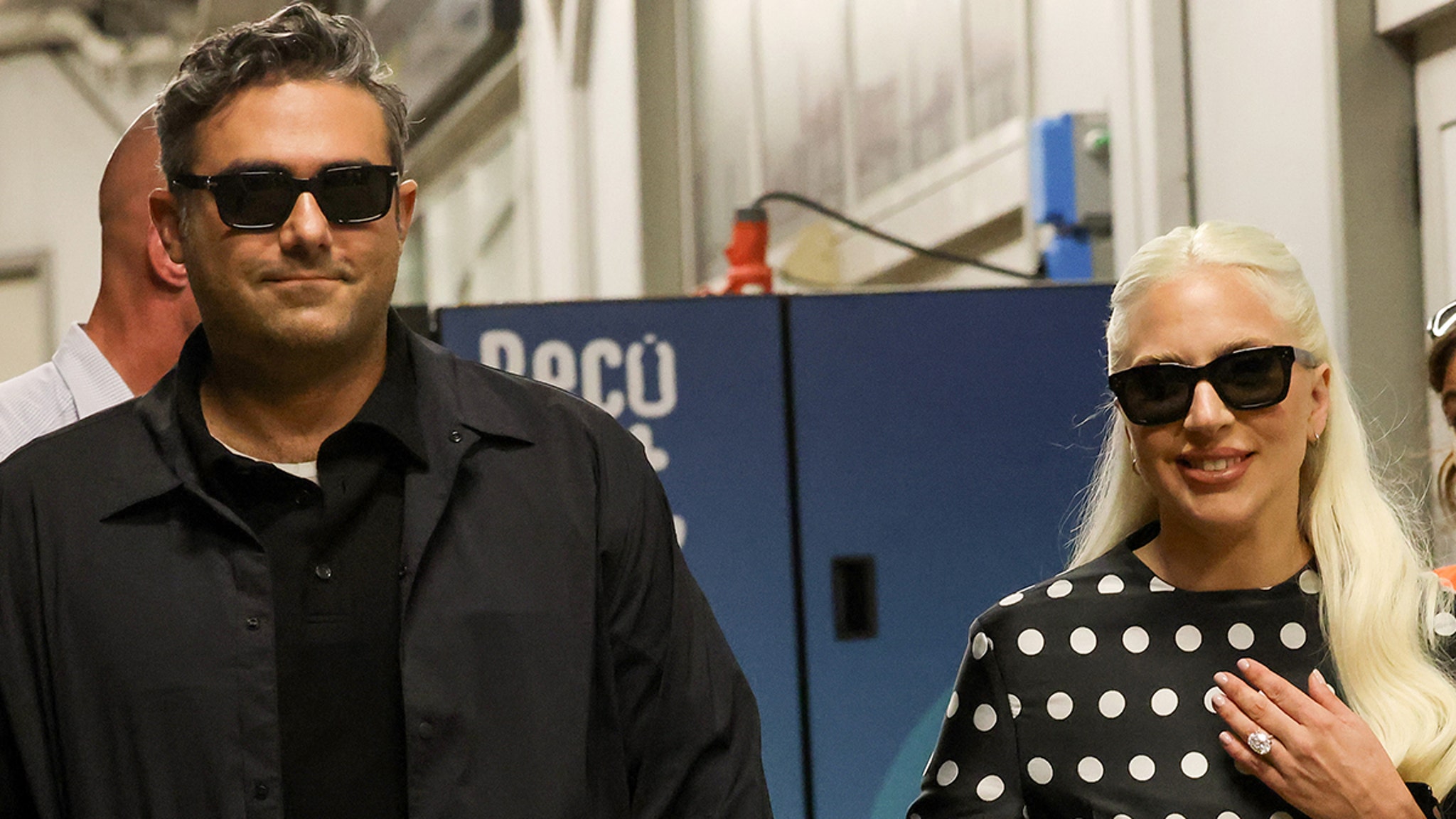
Lady Gaga made a sparkling entrance at Monday’s Venice International Film, showing off her huge diamond engagement ring with her fiancé Michael Polansky right by her side.
The singer/actress and the tech entrepreneur embraced in a passionate kiss after they stepped out of a car in Venice, Italy for the opening of her new movie “Joker: Folie à Deux.”
While their lips were locked, Gaga’s hand gripped Polansky’s arm — flashing the glittering rock on her finger.
The smiling couple then walked hand in hand into the theater to see the Joker film, in which Gaga stars as Harley Quinn alongside Joaquin Phoenix as Arthur Fleck (AKA The Joker).
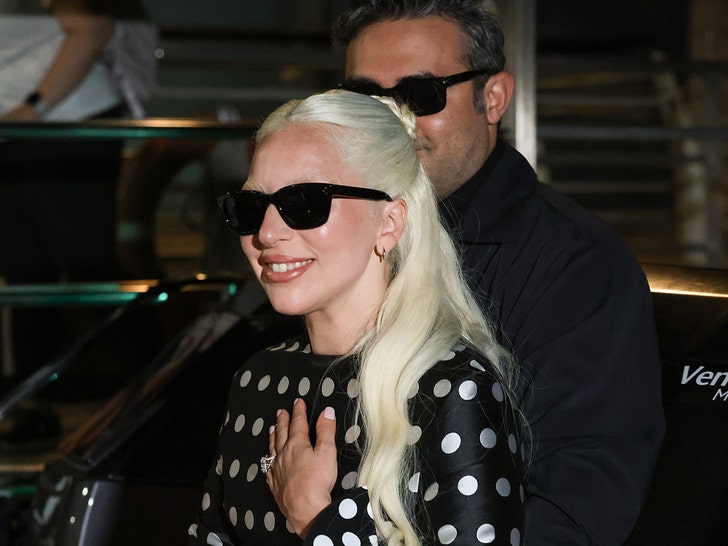
By the way, Gaga looked fabulous in her polka dot dress, dark shades and black pumps — but nothing could top her amazing ring.
You may recall in late July … Gaga publicly referred to Polansky as her fiancé in a TikTok video posted by French Prime Minister Gabriel Attal at an Olympic swim event.

Clearly, the photog caught Gaga saying it off the cuff — and now with her engagement ring — it seems she’s destined to tie the knot with Polansky.
But, we’ll just have to stay tuned for now.
Lifestyle
A bill to protect performers from unauthorized AI heads to California governor

An aerial view of the California State Capitol on Feb. 1, 2023, in Sacramento.
Justin Sullivan/Getty Images
hide caption
toggle caption
Justin Sullivan/Getty Images
A new bill to protect performers from unauthorized AI is now headed to the California governor to consider signing into law.
The use of artificial intelligence to create digital replicas is a major concern in the entertainment industry, and AI use was a point of contention during last year’s Hollywood strike. Other national proposals offering AI protections to all Americans are also in the works.

California Assembly Bill 2602 would regulate the use of generative AI for performers — not only those on-screen in films and TV/streaming series but also those who use their voices and body movements in other media, such as audiobooks and video games. The measure would require informed consent and union or legal representation “where performers are asked to give up the right to their digital self,” according to the bill.
The bill was passed overwhelmingly by both parties in the California Senate and the Assembly this week. The legislation was also supported by the union SAG-AFTRA, whose chief negotiator, Duncan Crabtree-Ireland, points out that the bill had bipartisan support and was not opposed by industry groups such as the Motion Picture Association, which represents studios such as Netflix, Paramount Pictures, Sony, Warner Bros., and Disney. A representative for the MPA says the organization is neutral on the bill.

Crabtree-Ireland says the new law would mean performers could no longer be forced to relinquish their rights to their likeness. “Good riddance to that practice,” he said from the picket line outside of Warner Bros. Games on Wednesday, where striking video game performers are pushing for more AI protections.
“The concept that each of us should have the right to say yes or no to any kind of replication of our face, voice, body movement, etc., should be a no-brainer,” he said.
Some tech companies have opposed regulations of AI use. In a statement sent to NPR, a spokesperson for the video game companies wrote, “Under our AI proposal, if we want to use a digital replica of an actor to generate a new performance of them in a game, we have to seek consent and pay them fairly for its use.”
But unlike voice actors, performers whose body movements are used to animate video games argue the companies consider what they do as “motion capture” and not performances.
Last year, SAG-AFTRA members went on strike against the major studios and streamers for months. In the end, they claimed victory when language in their new contract offered performers the right of consent and fair compensation for the use of their digital doubles. Just before the final ratification contract vote, Crabtree-Ireland said he was a victim of an AI-fabricated social media post.
“Some unknown party created a deep fake video of me,” he recalled, saying the video manipulated his face and voice “to say a bunch of false things about our contract and was encouraging people to vote no on the contract.”
Crabtree-Ireland said Instagram voluntarily took down the deep fake video, but there was no legal requirement to do so. He said he’s hoping legislation will outlaw this kind of misinformation. “If that can happen to me,” he said, “it can happen to anybody.”
Other proposed guardrails
In addition to AB2602, the performer’s union is backing California bill AB 1836 to protect deceased performers’ intellectual property from digital replicas.
On a national level, entertainment industry stakeholders, from SAG-AFTRA to The Recording Academy and the MPA, and others are supporting The “NO FAKES Act” (the Nurture Originals, Foster Art, and Keep Entertainment Safe Act) introduced in the Senate. That law would make creating a digital replica of any American illegal.

Around the country, legislators have proposed hundreds of laws to regulate AI more generally. For example, California lawmakers recently passed the Safe and Secure Innovation for Frontier Artificial Intelligence Models Act (SB 1047), which regulates AI models such as ChatGPT.
“It’s vital and it’s incredibly urgent because legislation, as we know, takes time, but technology matures exponentially. So we’re going to be constantly fighting the battle to stay ahead of this,” said voice performer Zeke Alton, a member of SAG-AFTRA’s negotiating committee. “If we don’t get to know what’s real and what’s fake, that is starting to pick away at the foundations of democracy.”
Alton says in the fight for AI protections of digital doubles, Hollywood performers have been the canary in the coal mine. “We are having this open conversation in the public about generative AI and it and using it to replace the worker instead of having the worker use it as a tool for their own efficiency,” he said. “But it’s coming for every other industry, every other worker. That’s how big this sea change in technology is. So what happens here is going to reverberate.”
Editor’s Note: Many NPR employees are members of SAG-AFTRA but under a different contract than the performers.
Lifestyle
The internet loves this L.A. Chinese herb shop. Can its ancient prescriptions really improve your health?

Based on the number of local L.A. content creators that have visited Tian Xiang — a small, nondescript herbal medicine shop in Los Angeles’ Chinatown — you might think it’s the single best Chinese pharmacy in Los Angeles. Its TikTok star, in particular, is rising. You can find more than two dozen videos on the platform of customers touring the business and documenting their alternative healthcare journeys.
One TikTok user, who goes by mooneyegoddess, traveled 2½ hours by train to L.A.’s Union Station in May, then walked several blocks to Chinatown to see the herbal doctor at Tian Xiang. Why?
“After being frustrated with modern doctors not listening to me when I go in, I decided to go to what my spirit connected best with, an herbal doctor,” the caption for her video read.
“And I’m telling you guys, I feel amazing!” she raved in the video.
Another customer gushed over the customization of the herbal prescriptions.
“Oh, you can’t find this in the store, uh-uh, not this, baby!” the user actressamira voiced over a TikTok video of raw herbs being sorted.

Huang at his desk inside the clinic.
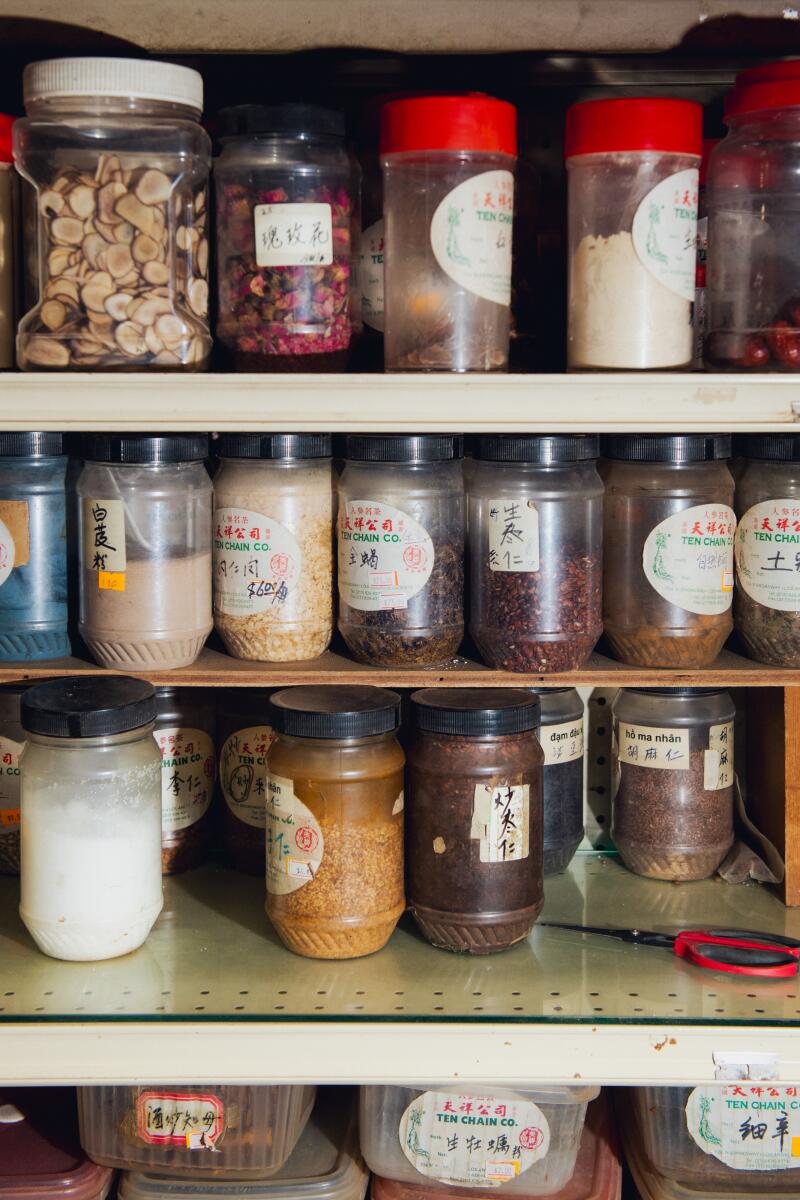
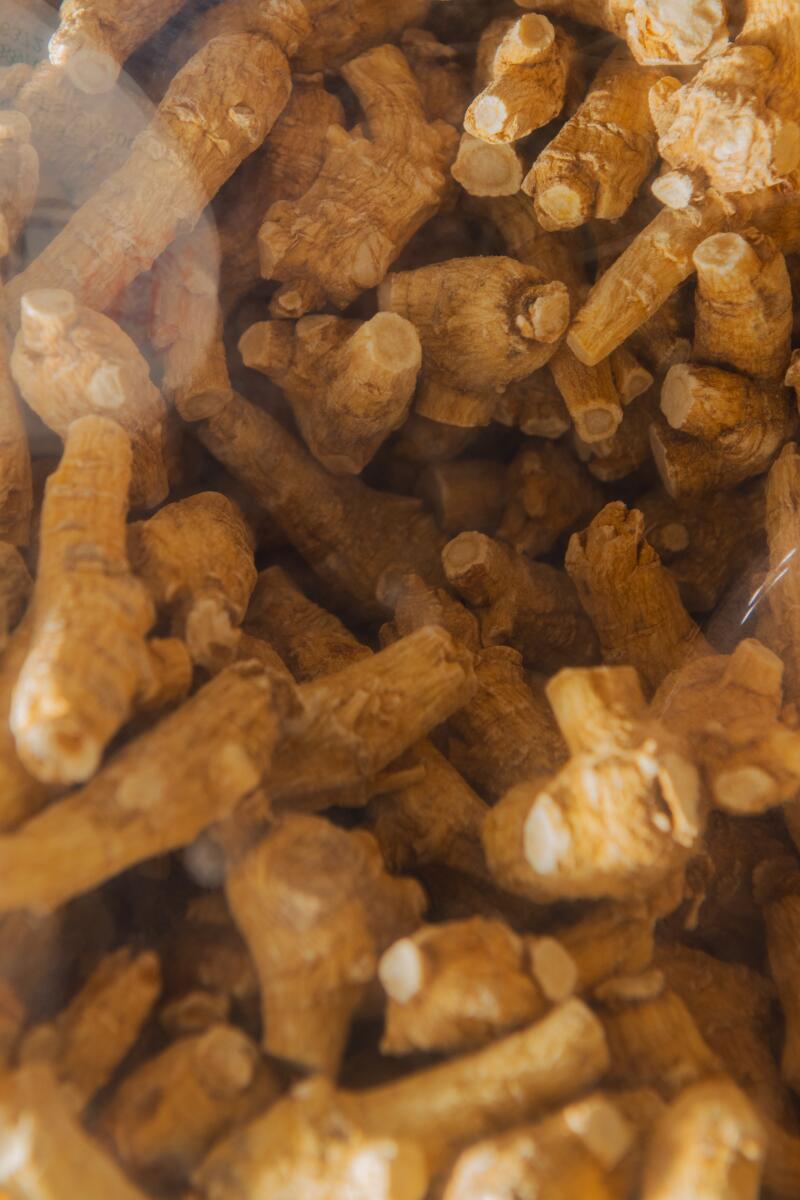
From top, left: Dry herbs, roots, and spices inside Tian Xiang.
The appeal is clear. Tian Xiang’s shelves are packed with dried herbs, roots and flowers that make a prism of colors and textures. A wall of wooden drawers stores loose herbs; bulk bins contain varieties of ginseng, goji berries and medicinal spices such as cinnamon and dried turmeric; a display behind the checkout counter showcases bottles of pre-made herbal supplements for nearly every imaginable condition: digestive issues, allergies, immune support, menopause, liver, heart and lung function among them.
What sets the store apart from other retail outlets, though, is the tiny clinic, jammed in a back corner beside a stack of unpacked boxes, barely larger than a walk-in closet. There, a man who goes by Dr. Huang — wearing a plastic surgical glove and medical mask — sits at a small desk behind a protective divider. (He did not go to medical school but has practiced traditional Chinese medicine, he says, for more than 50 years.)
There’s no weeks-long wait to see him, as is so often the case with, say, the U.S. healthcare system. Customers simply drop by, sans appointment, and pay $15 for a few minutes for Huang to assess their condition and prescribe them a customized, herbal remedy. It runs, on average, about $80-$95 for 10 days of daily use. The pharmacy will mix the herbs right there and send customers home with directions for how to prepare the loose tea.
There are more than 50 Chinese herbal apothecaries in the Los Angeles area, according to Willie So, sales director of Chinatown-based Solstice Medicine, a leading distributor of traditional Chinese medicine products since 1979. (He said Solstice Medicine has been providing inventory to Tian Xiang since the store opened.) And while Tian Xiang is a well-stocked and conveniently located one, its social media success is a mystery — even to the people who work there.
David He, the store’s manager, says Tian Xiang began seeing an uptick in business in 2020, at the start of the COVID pandemic, that has become amplified on social media over the last two years.
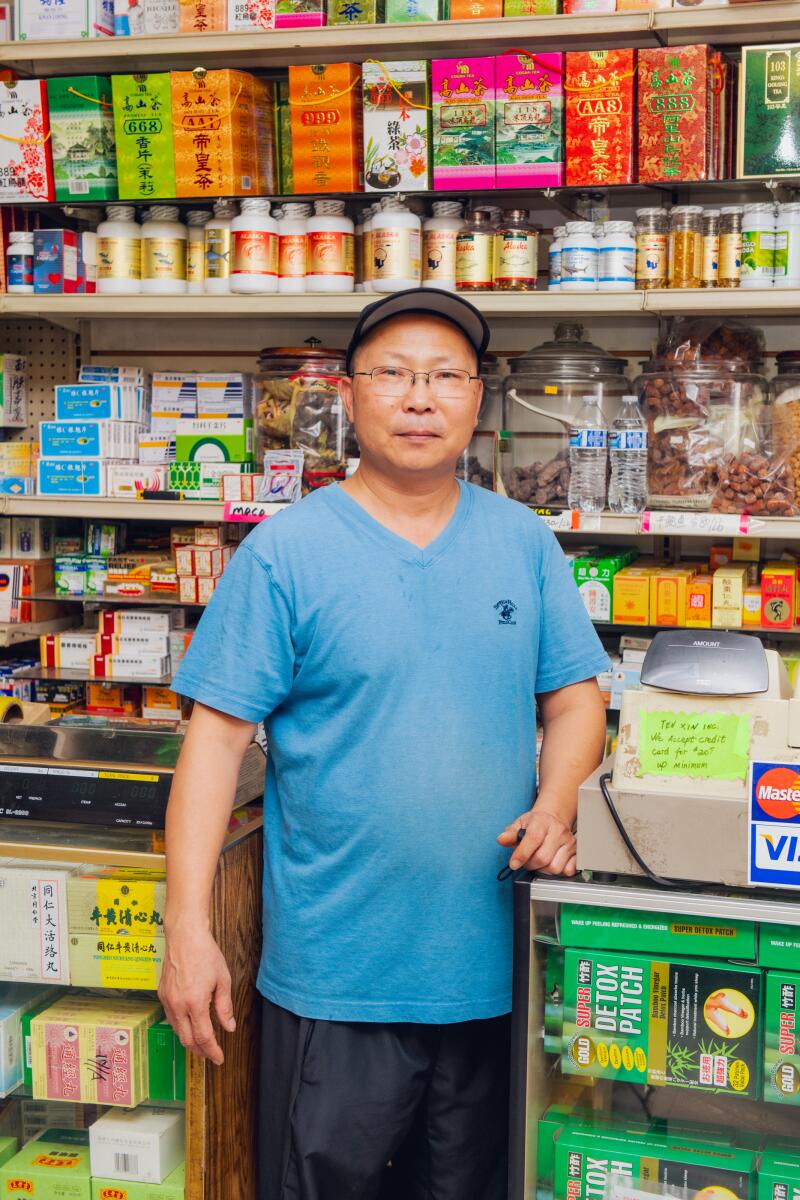
Store Manager, David He.
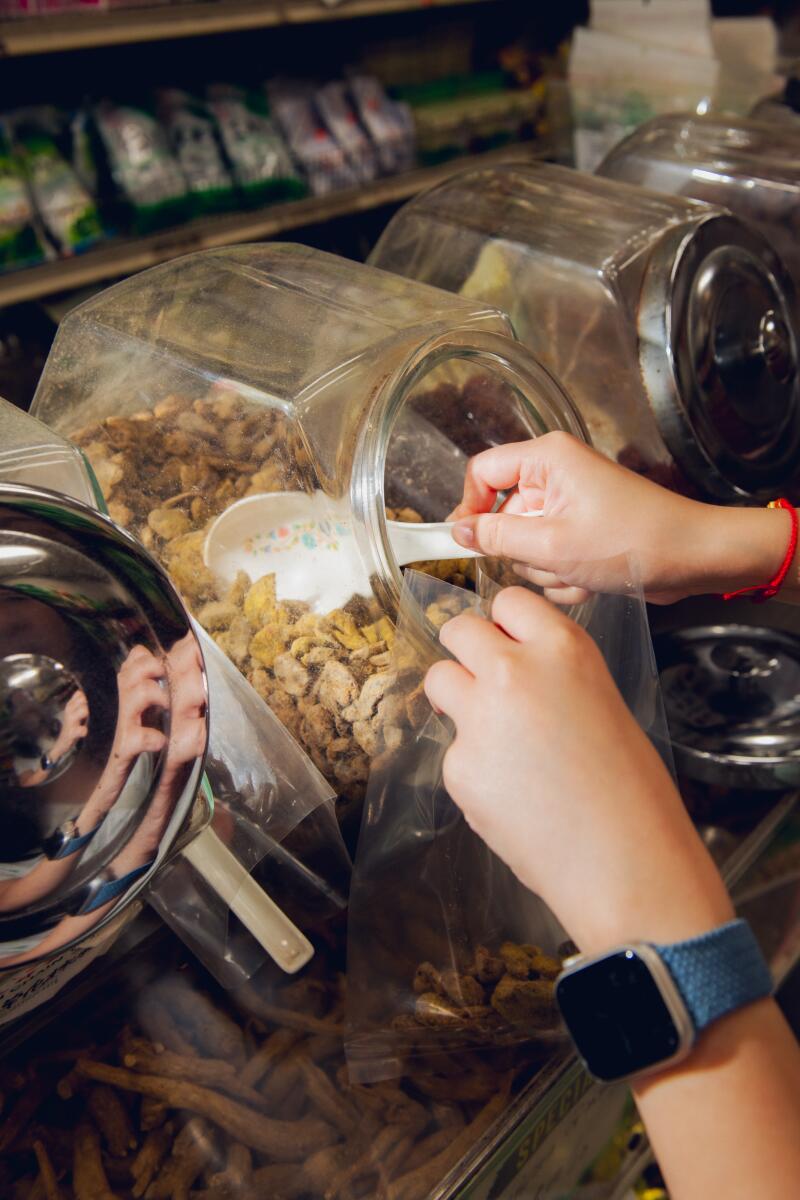
A container of dried fruit at Tian Xiang.
“Many Asian people from China and Cambodia and Vietnam came to get medicine for COVID because they believe more in traditional herbs to boost the immune system,” he said through a translator. “And at that time there was no vaccine. The customers felt good, and they posted about it, and then more people started coming. So it’s word of mouth.”
The type of wellness that Tian Xiang was peddling at the time was ripe for TikTok, says Freddy Tran Nager, a digital media professor at USC.
“A lot of alternative wellness trends do exceptionally well on social media, especially since the pandemic, as people look for new ways to be healthy,” he says. “And Asian culture, in particular, has been gaining more popularity online, whether that’s boba drinks or K-pop music — and Asian wellness goes along with it.”
That Tian Xiang is situated on Broadway, a main thoroughfare in Chinatown, didn’t hurt, he adds.
I was intrigued and decided to check out Tian Xiang for myself. I’m currently nursing a gym injury and open to anything that might help ease the pain in my neck and shoulder.
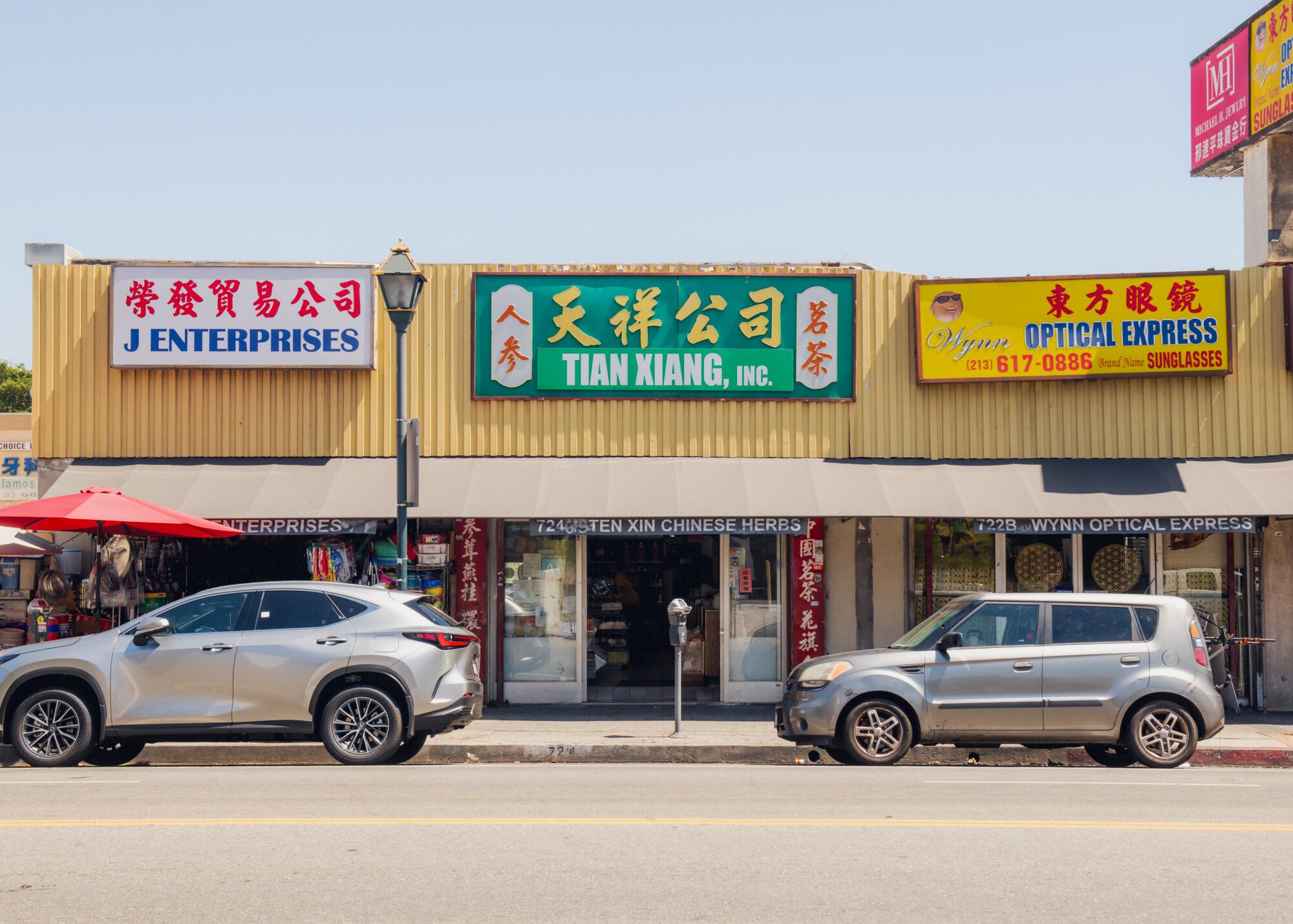
Tian Xiang’s location on Broadway, a main thoroughfare in Chinatown, provides it visibility to the curious wellness seeker.
Tian Xiang has been in the neighborhood for more than 40 years, though it has changed ownership multiple times. It’s a lively place, with a steady stream of customers — “mostly older, mostly repeat visitors and mostly Asian and Hispanic,” He says. They come regularly to treat everything from colds and the flu to infertility and back pain. The late-August afternoon I visited, I saw customers perusing the aisles and consulting with He, who frequently steps out from behind the counter, rubbing his belly or tapping his chest to demonstrate how the herbs might aid their ailments.
Nearby, two employees prepared a prescription for a customer, moving with assembly line-like efficiency in a precise but fluid dance: one ground herbs with a mortar and pestle while the other measured slabs of marbled ginseng on a traditional handheld gram scale. They alternately layered scoops of one ingredient or a sprinkle of another onto pieces of pink paper laid out on the counter top. Side by side, the piles of mixed herbs were like still-life paintings, each sparking with texture. Finally, a third employee packaged the herbs, sealing them in plastic bags.
“The doctor’s ready for you,” He told me, interrupting the mesmerizing show.
Our consultation was quick and to-the-point. Huang had me fill out my name and age on a small sheet of paper. Then he took my pulse. As he cradled my wrist, his forehead wrinkled in concentration. Then he tapped the keyboard on his phone for several minutes, writing into the Google Translate app, before pushing the phone toward me: “Poor blood circulation, weak spleen and stomach, disordered hormones, and a bit,” read the screen.
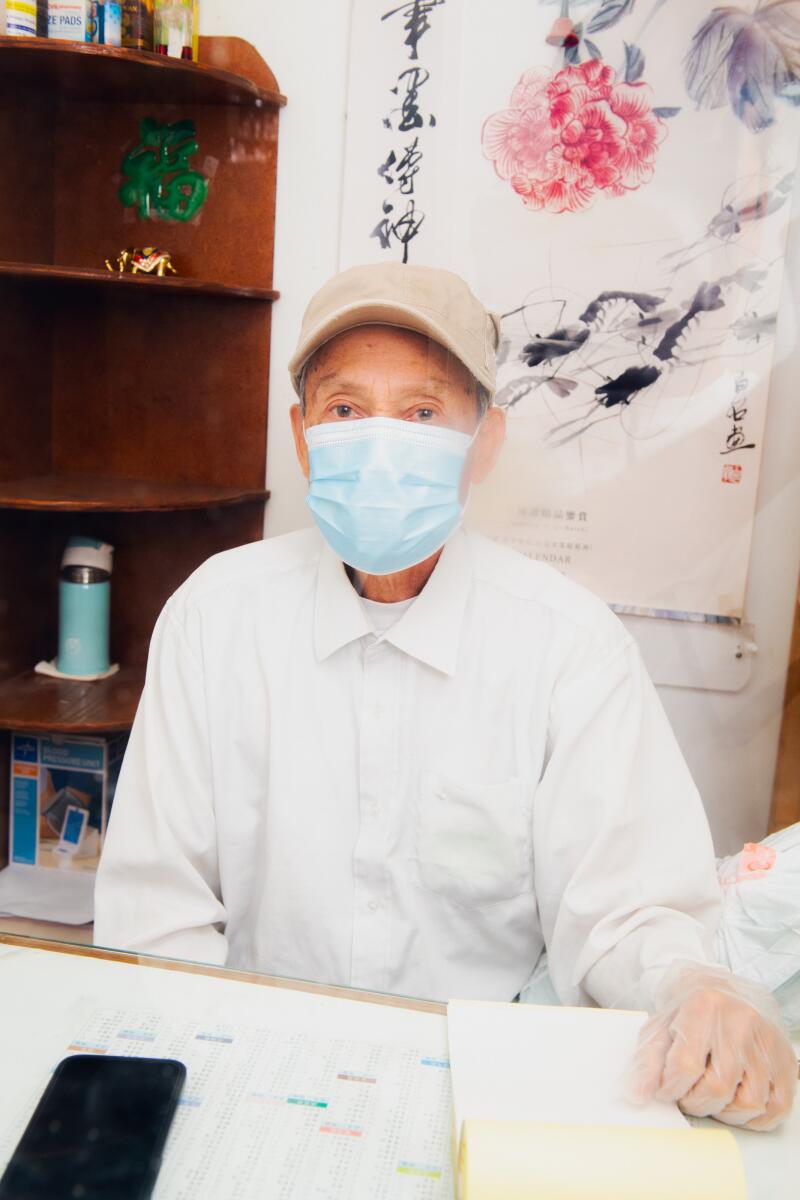
Huang inside the clinic.
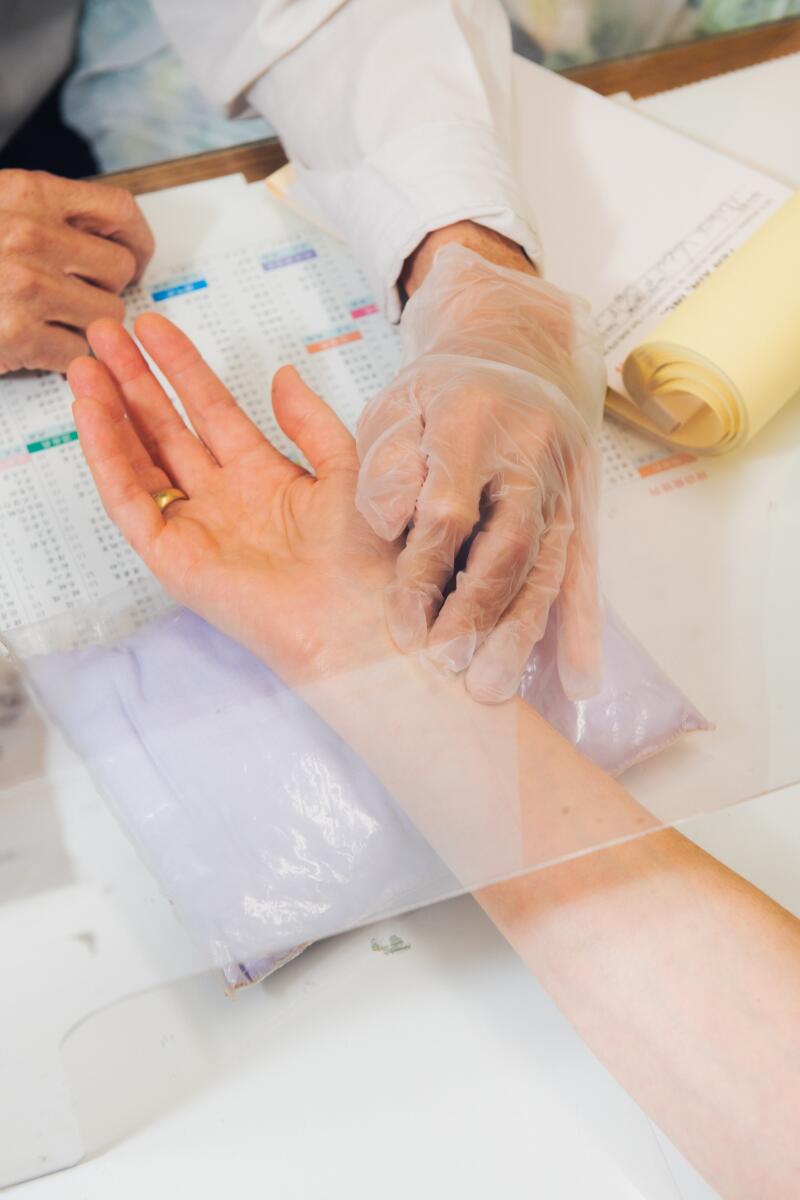
Huang takes reporter Deborah Vankin’s pulse.
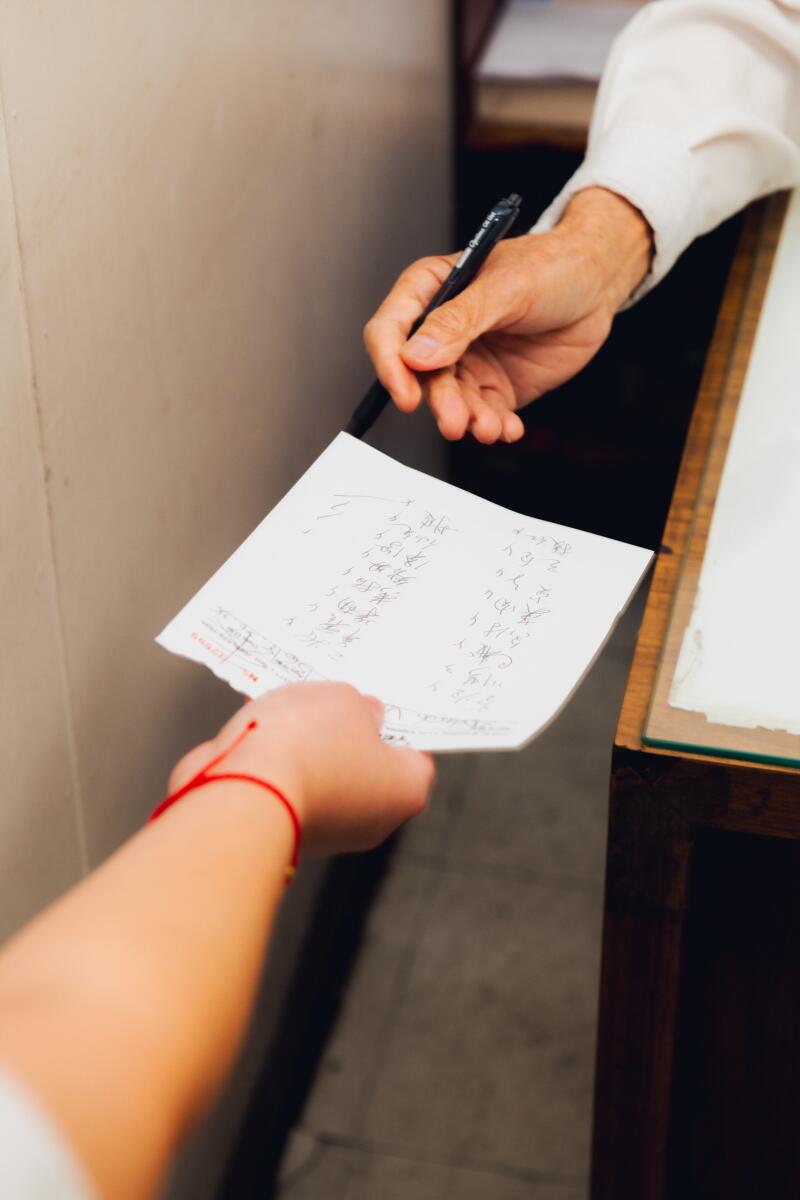
Huang hands over his prescription.
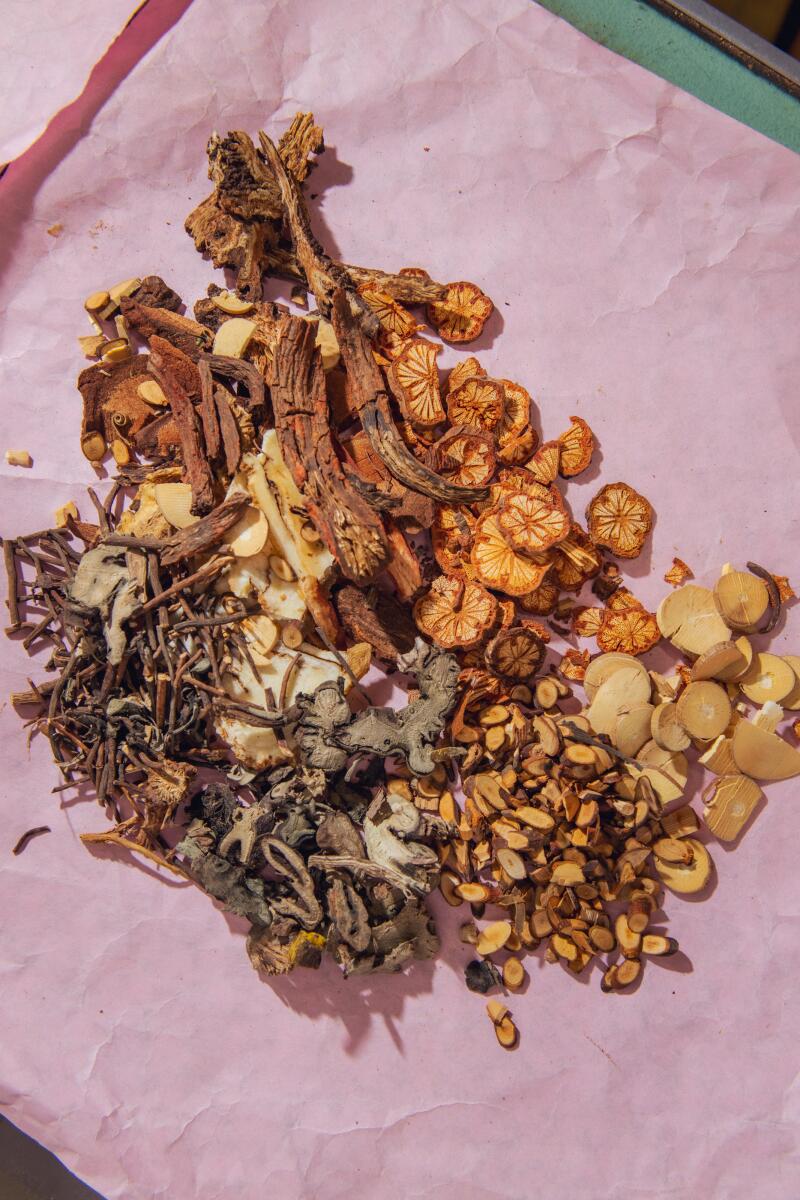
Dry herbs, roots, and spices for Deborah Vankin’s customized medicinal tea.
How did he know all this without examining me? He didn’t even look at my tongue, which is typical of a traditional Chinese medicine, or TCM, “tongue and pulse consultation,” I learned from a doctor at UCLA’s Center for East-West Medicine, while researching this piece.
“Experience,” he says through a translator. Huang has been working at Tian Xiang for more than 20 years. Before that, he practiced traditional Chinese medicine for 30 years in the city of Taishan in the Guangdong province of China. He’s a third-generation TCM doctor.
My neck stiffness, he says, is from poor blood circulation — he can tell that by listening to the rhythm and patterns of my pulse on each wrist, not just the number of beats per minute.
Herbal remedies in traditional Chinese medicine have been around for thousands of years, though their efficacy is debatable. Some, such as Dr. KaKit Hui, director of UCLA’s Center for East-West Medicine, say the right combination of herbs for the appropriate ailment can “save lives,” though he stresses the importance of practitioners being properly educated.
“Many conditions — coughing and upper respiratory infections or GI problems — can be helped,” Hui says. “They use herbs for lupus and cancer in China. But you don’t want to use herbs to replace necessary medications or [receive treatment] from someone who doesn’t know what can be mixed with what — herbs can interact with medications — you need someone who knows how to monitor it.”
Others, such as Dr. Craig Hopp of the National Institutes of Health’s National Center for Complementary and Integrative Health, which researches medical approaches outside the Western mainstream, note that Chinese herbs, like supplements, are not FDA regulated and there can be concerns about the purity of the plants and their provenance.
“It can sometimes get a little murky as to where [the herbs] come from,” Hopp says. “Lots of plants look alike and are called similar things, so the taxonomy and the nomenclature can be confusing. Unless you have a very well-trained botanist who knows what they’re looking for, you could be getting something else by the time it gets to an apothecary.”
My prescription — which came in three large plastic bags for six days worth of tea — was $63. It included 16 ingredients, Indian mulberry, golden eye-grass, the deciduous perennial Asian lizard’s tail and the carrot-like plant Szechuan Lovage among them.
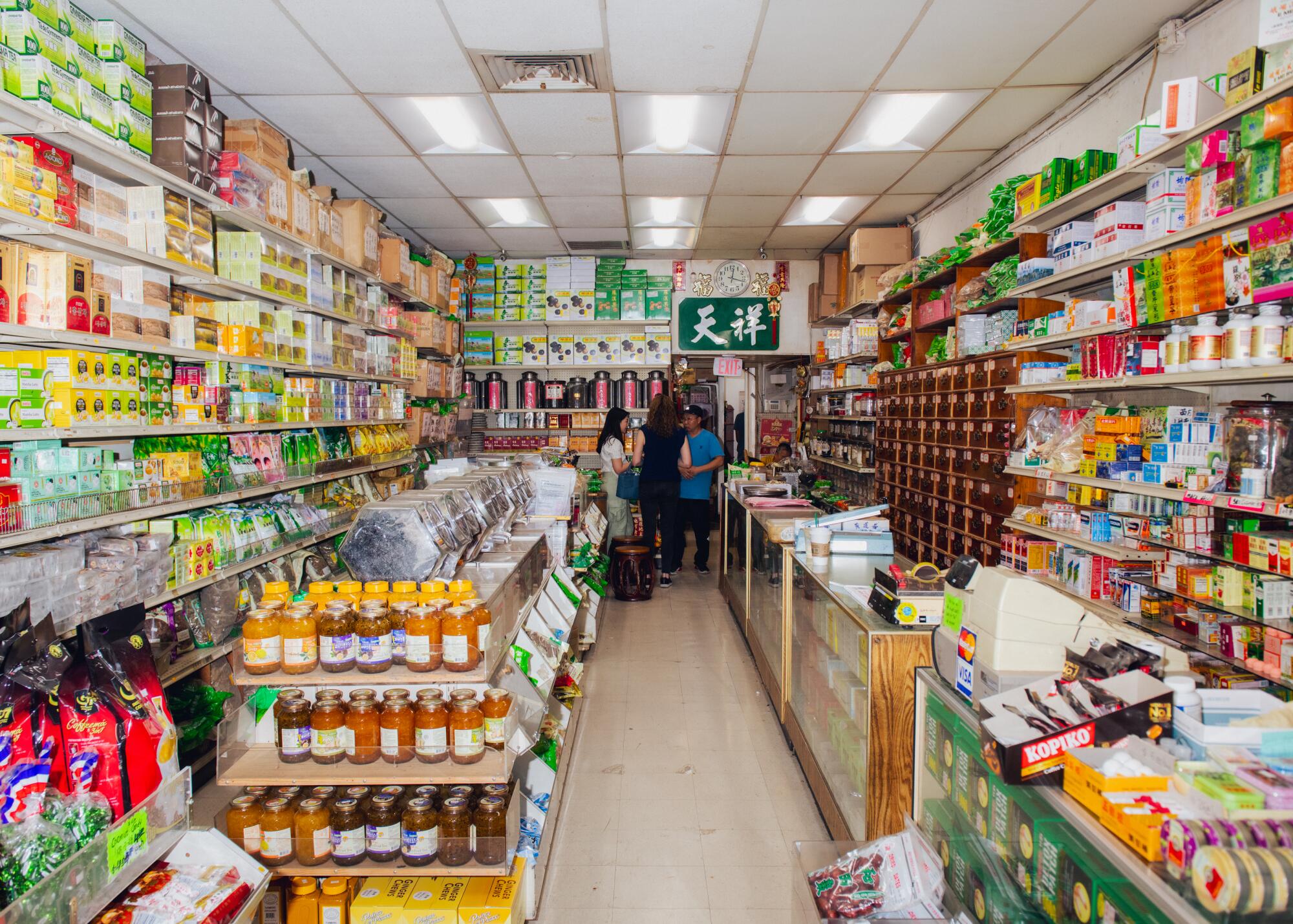
The interior of Tian Xiang, a Chinese herbal remedy shop.
He wouldn’t say where, exactly, the herbs come from, just that the store gets them from distributors in Monterey Park and Alhambra, who source them mostly from China, with some coming from Korea, Vietnam and Japan. He did say the herbs are “high quality.”
“My father, he’s 80 and he just had gallbladder surgery and the herbs seem to help,” one customer, Dericia Witalina, said while awaiting herbs her dad was prescribed. Her family lives in the San Fernando Valley and despite the drive, “if we need something, we come here,” she said.
Most, however, visit because it makes them feel healthier, He says.
“Many customers come here not to kill this germ or kill this virus, but it’s more about boosting the general body function.”
No matter how much better TikTok users claim to sleep or feel after drinking their prescribed herbal tea, the consensus on its taste seems to be less enthusiastic. One patron, who goes by 123aram5 on TikTok, summed up their review in two words: “Uh-uh — nope!” Others complained about the woodsy, pungent flavor.
I proceeded with caution, simmering the herbs for about an hour, per the store’s instructions, until they were mushy and the tea was a deep, murky brown. My home smelled like a forest after the rain, which was actually kind of pleasant and soothing.
The taste, however, was rank, nearly impossible to get down. I made a note to next time use a dollop of the honey and yuzu mixture, sold at the store. If there would be a next time.
That night I slept especially deeply. Was it the herbs? A placebo effect? The hot yoga I’d done earlier? Who’s to say. But I’ll take whatever I can get.
Grace Xue contributed reporting for this article, including translating interviews.
-
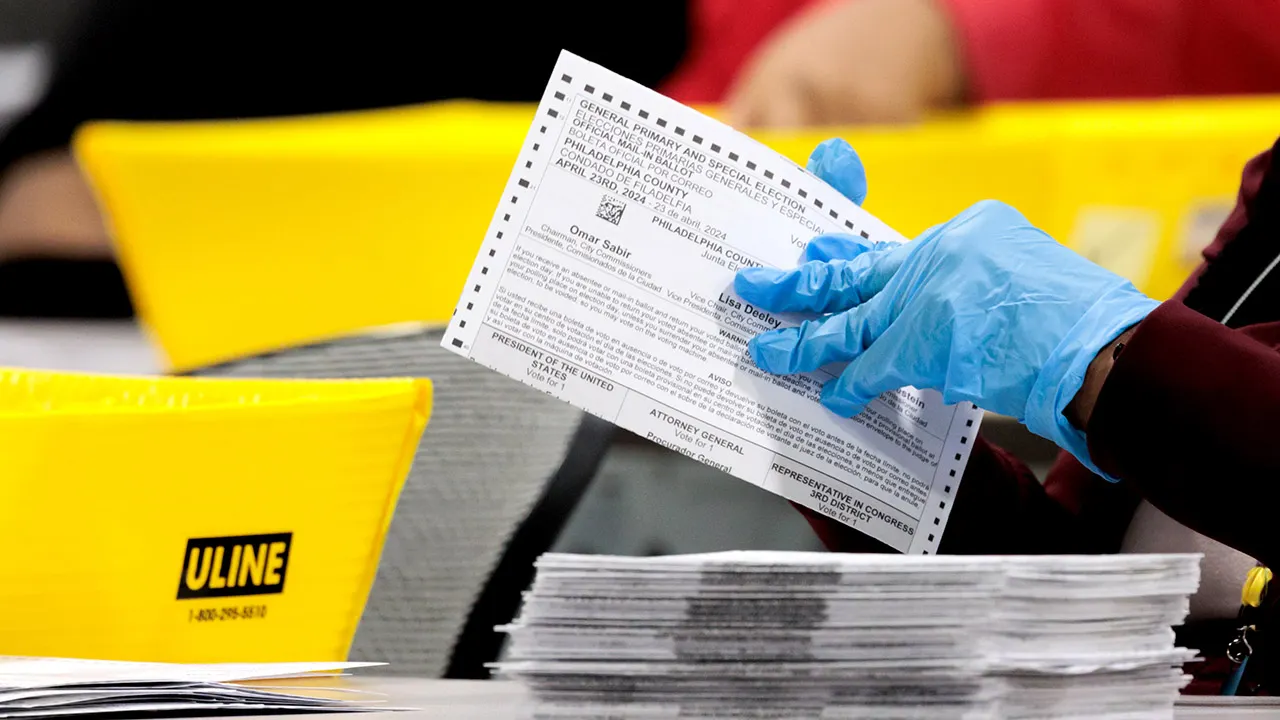
 Politics1 week ago
Politics1 week agoWhy won't Pennsylvania voters have results on Election Night?
-
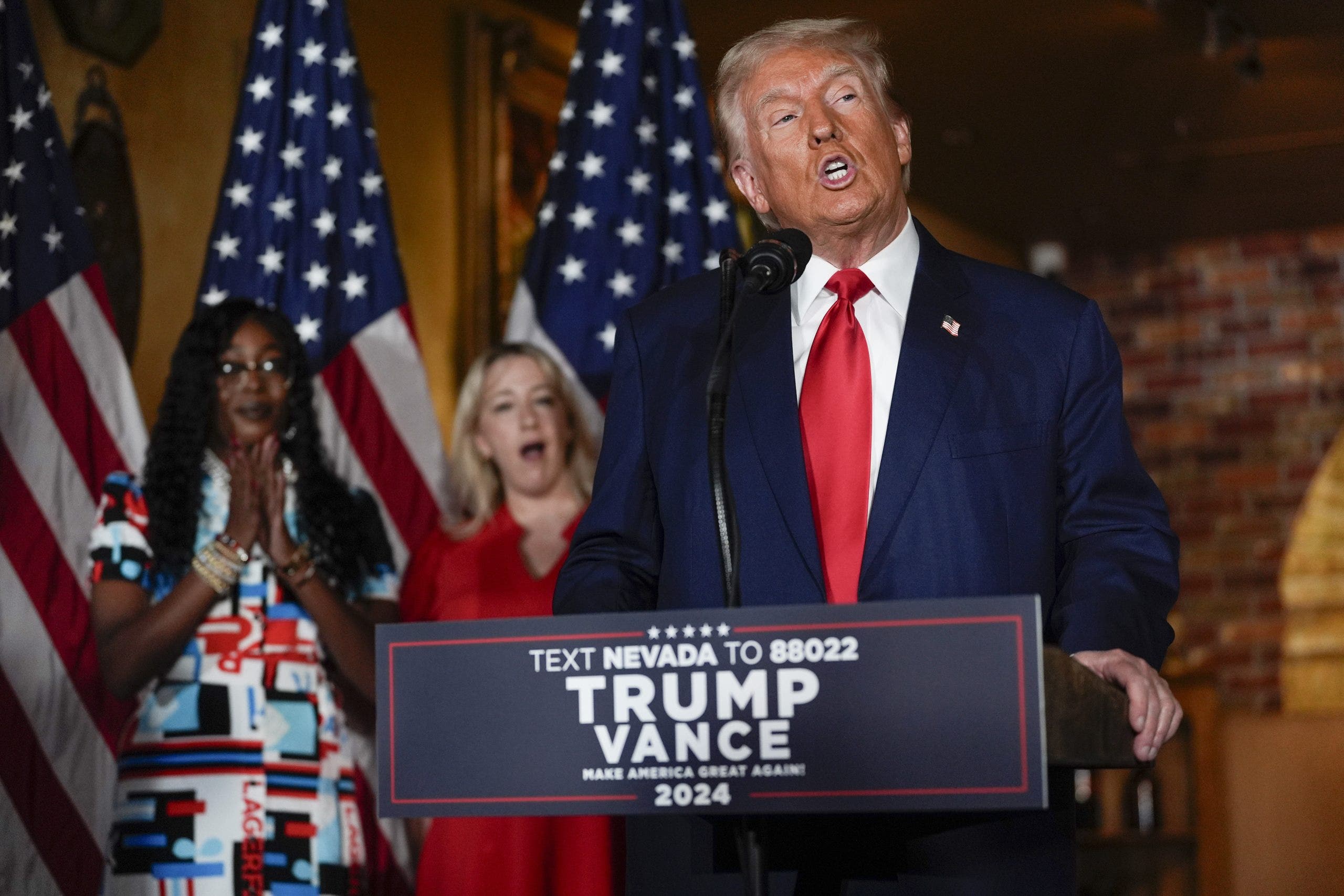
 Politics1 week ago
Politics1 week agoTrump sets intense pace with campaign events as questions swirl about Harris' policy positions
-

 World1 week ago
World1 week agoPortugal coast hit by 5.3 magnitude earthquake
-

 World1 week ago
World1 week agoWho is Telegram CEO Pavel Durov? What to know about his arrest in France
-

 News1 week ago
News1 week agoFormer national security adviser McMaster says he won’t work for Trump again
-

 Politics1 week ago
Politics1 week agoVP Harris' tiebreaker votes in Senate were key to inflation-boosting Biden policies: expert
-

 World1 week ago
World1 week agoPhotos: 300,000 in emergency shelters after Bangladesh floods
-
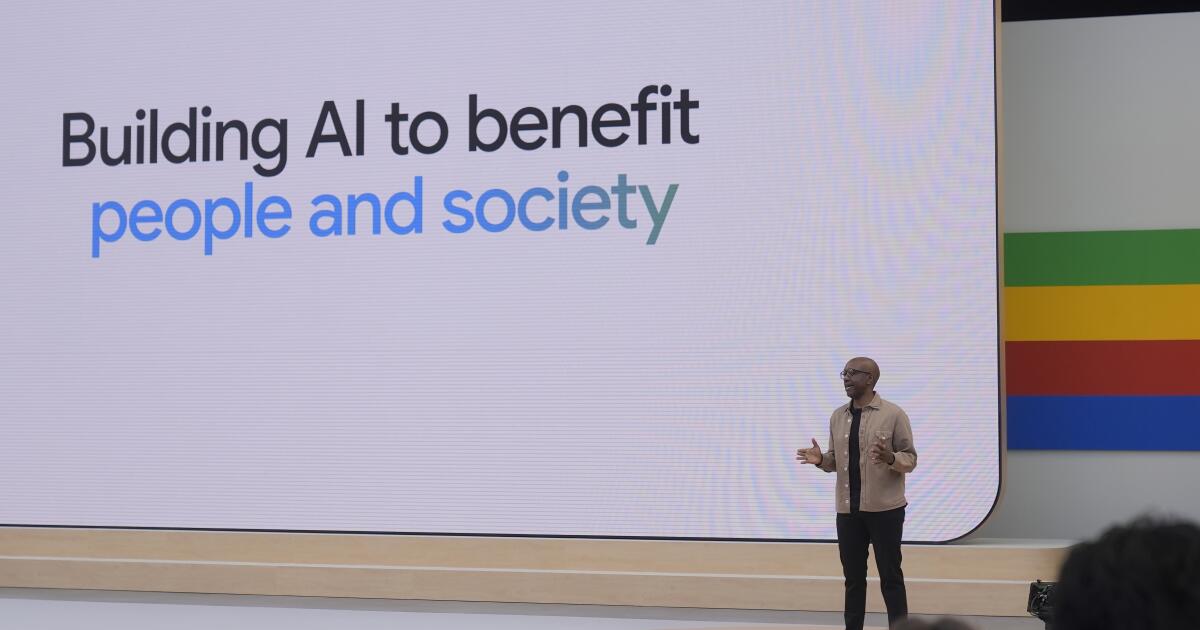
 Science1 week ago
Science1 week agoHow much more water and power does AI computing demand? Tech firms don't want you to know
